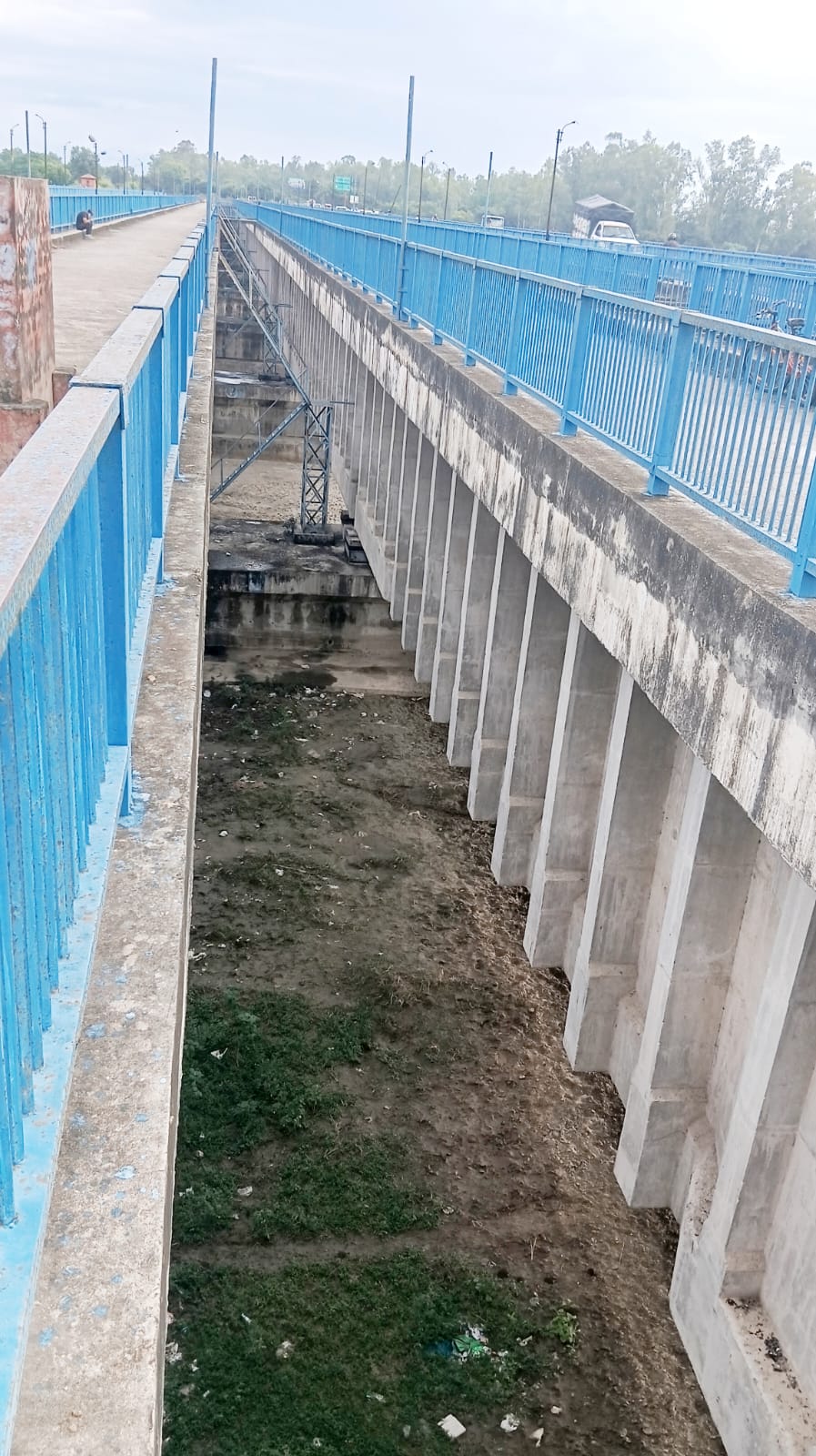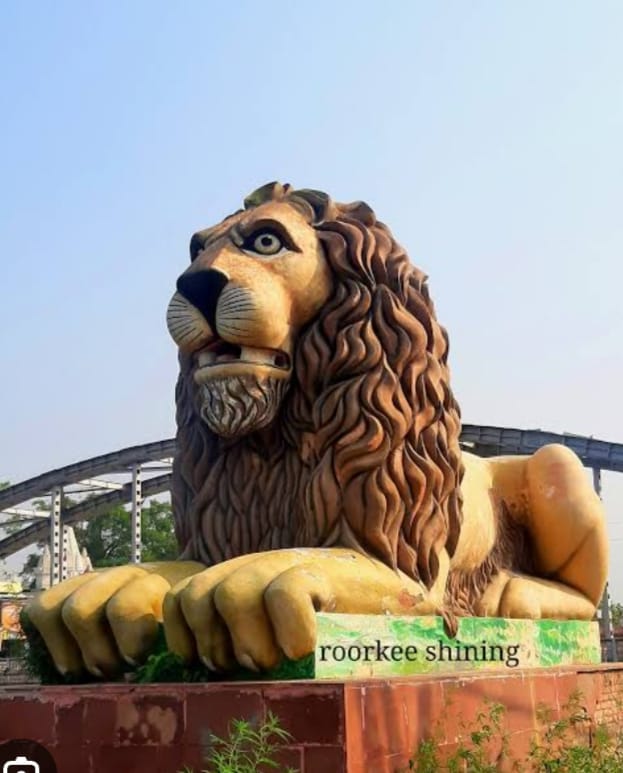By
Kaushal Kishore
Materials Engineer, Roorkee
The new Solani aqueduct on Ganges canal Roorkee was built with prestressed concrete which allows for longer spans and a simple more robust design compared to old bricks, lime- surkhi mortar masonry arches of the old aqueduct, in which 8.5 crores bricks were used, while iron railing used in the sides of two lanes were imported from England. This is interesting to note that materials bringing those days on ship from England to Indian ports take 6-10 weeks via the Suez canal or 3 to 6 months via the longer Cape of Good Hope. Calculate in it also time taken on road from Indian ports to Roorkee.
After retirement from University of now IIT Roorkee I joined M/S Roffe Construction Chemicals Pvt.Ltdd, Mumbai as it’s Chief Concrete Technologists afterwards I became it’s one of the Director.

AQUEDUCT picture taken on 7/10/2025
For the contractor of above aqueduct I designed M-40 grade of concrete with Roffe superpladticizer. Those interested may read my paper by visiting Google site and log in; Civil engineering portal The Ganges canal by Kaushal Kishore.
I had designed numerous concrete mix design almost all cements of India in this I find Utra Tech cement as one of best cement OPC and PPC both With Ultratech cement I had designed numerous concrete mixes from ordinary strength to M-80 grade concrete, self compacting concrete, shot crete concrete, fibre reinforced concrete, fly ash concrete and more There is life after retirement and after retirement I worked for 30 year’s which includes in free time working in home research and testing laboratory and numerous construction sites visits almost all India and outside India. At my age of 92 years I still work for 12 hours daily.
I had never worked for money. In spite of doing so gigantic work what to say about car I even do not have 2 wheeler not any of my house not a single inch of land in this world only pension from IIT Roorkee and few clothes

























what is lavillingand main normal topic
Sir plz tell me how much temping to make a cube @ slump cone
What is the ratio of mud, cement and jelly to be used with M20 concrete after excavating 200 x 200 x 200 mm of sand. (Please mention it in cft also)
PLEASE GIVE ME REPORT ON PRESENT CONCRETE TECHNOLOGY PRACTISING IN THE WORLD
Pls provide me the consumption of cement in M10, M15, M20 & M25 grade of concreting works.
Pls provide me the consumption of cement in M10, M15, M20 & M25 grade of concreting works
pls provide information about mix design M20 M10 M15
thanks
sir i have just started my civil diploma…..
i wanted to know which other project related subjects are there ?
hi sir can u tell me standards use during site construction
Hi sir, im a 3rd year civil engineering student and i would like to know what computer softwares should i learn concerning construction design. thank you
sir,
i am in final year of my civil engineering
please tell me whats the best way to prepare for GATE and whats the best course to take up in M.TECH
Sir, i recently finished my civil engineering(2009 passout) and im looking for some practical training programes which vl b useful to find a job in gulf countries.
Can u suggest some options which might be helpful for me. I have already completed auto cad, staad pro and currently working in construction site on a temporary post.
can u advise athours for ultimate mate design text book
Dear Civil Engrs,
All of you should know that Sr level marketing professionals with commerce/arts background in Cement Cos make fun/mockery of you by inducting Civil Engrs as Technical Support Engineer and offers all donkey jobs to do.TSEs are treated like qualified Masons.All fun for others ,but filthy jobs for civil engrs.It is well grounded fact which can’t be ignored.
Please advise me to design of a barrage and gravity dam, spillway, canals, aqueducts, falls, super passages, siphons, water conveying tunnels etc. by taking the help of computer softwares
hello i m satinder n i m not understanding structure analysis of 5 sem…………so book i should reffer so that i should b able to understand………………
To whom may this concern, As you no my name is Roderick,I’ve just started my studies on engineering. Am interested in civil engineering Because it is known that the world has many natural disaster that is almost imposable to control and i strongly believe that using the laws of physics i can develop infra-structures that can withstand to these conditions.Your advise will be most helpful.
Am anticipating a favorable response,Thank you for your consideration.
sir i am pursuing my civil engineering, am in 3rd year, till now i havent gain any knowledge of
from this field, can you please advice me the courses from which i can gain some knowledge.
i am waiting for ur reply sir do advice me …
sir can u tell me the slump cone criteria for beam n coloum?
n plz tell me new advanced construction material used in building construction
i’ll be thankfyl to u for this fever
respected sir
sir i am studying in 7th civil engineering…
Sir please send important civil engineering projects names which are based on ground water hydrology and soil